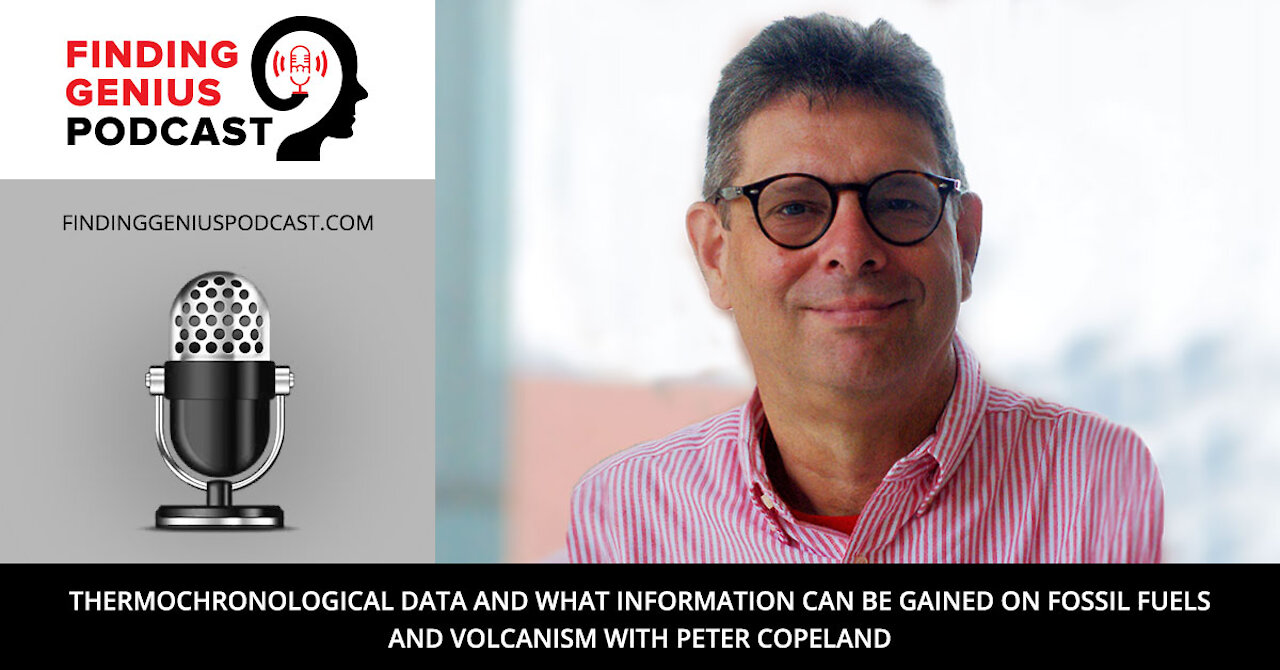Premium Only Content

Thermochronological Data and what Information Can be Gained on Fossil Fuels and Volcanism
Have you ever wondered how we can earn about the age of rocks and what that information can enlighten us on? By using the temperature and other strategies, we can gain a clearer picture of just what happened when these rocks were formed. Listen in to learn:
The limitations of radiometric dating
The sweet spot for dating a rock
Why rain can interfere with the process
Peter Copeland, a Professor of Geology and Thermochronology at the University of Houston, shares his work dating minerals and examining the thermochronology of rocks.
Radiometric dating is one of the primary tools used to learn the history of the world we live on. By using isotopes of Potassium and Uranium, their half-lives can be examined to determine the date they were formed and what that reveals about the world at that time.
Since half-lives are not obstructed by various factors faced by ancient samples of a rock or mineral, this strategy is the best possible method of study. While this is not the only way and the other primary method only requires a microscope, it remains one of the most accurate and reliable.
https://www.uh.edu/nsm/earth-atmospheric/people/faculty/peter-copeland/
Episode also available on Apple Podcast: http://apple.co/30PvU9C
-
 37:09
37:09
FGP
5 days agoVitality Made Simple: Dr. Debbie Ozment On Stress-Free Health & Lasting Energy
24 -
 1:39
1:39
RT
4 years agoEU ditching fossil fuels: bloc has radical new plan
71 -
 2:36
2:36
WKBW
4 years agoU.S. Census Bureau data shows Buffalo gained population
143 -
 3:36
3:36
Liz Wheeler
4 years agoJoe Biden's war on fossil fuels has just begun
6.59K2 -
 0:19
0:19
The Post Millennial Live
4 years agoClimate Strike protestors in Toronto call on Justin Trudeau to ditch fossil fuels.
1782 -
 2:18
2:18
KJRH
4 years agoEMSACARE Information
64 -
 LIVE
LIVE
The Culture War with Tim Pool
14 hours agoDating In The Modern Age DEBATE, Myron Gaines vs Brian Shaprio | The Culture War LIVE Debate
4,208 watching -
 LIVE
LIVE
The Quartering
25 minutes agoTucker Reveals FBI Coverup For Trump Assassin, Walmart CEO Quits & Tim Pool Unleashes
680 watching -
 LIVE
LIVE
Dr Disrespect
1 hour ago🔴LIVE - DR DISRESPECT - BLACK OPS 7 - LAUNCH DAY CHAMPION
1,468 watching -
 1:30:43
1:30:43
Steven Crowder
3 hours agoToday, Everybody Gets the Smoke
193K86